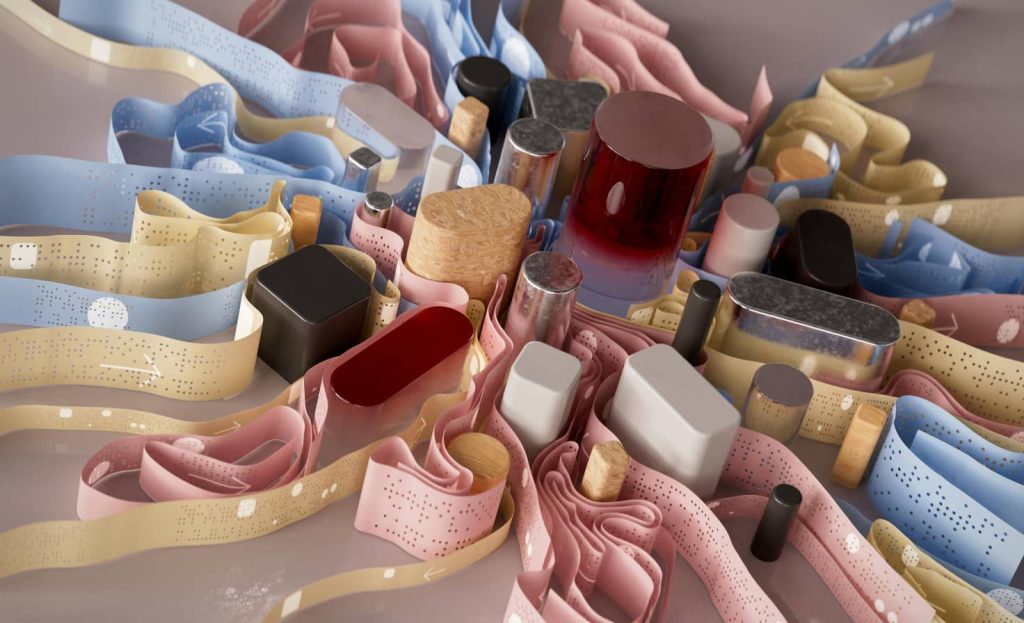Patient engagement platform development

What you get with ELEKS for custom engagement
platform development
With over 30 years of experience in software engineering and healthcare solutions development, ELEKS delivers tailored patient engagement platforms backed by our HITRUST certification and domain expertise gained from developing our own healthcare solution for smart electronic health record management.
Our team guides you through every development stage, from research to implementation and staff training, creating a platform that seamlessly integrates with your existing systems. With our help, you'll automate tasks and enhance patient communication while reducing the administrative burden on care teams.
Custom patient engagement
platforms we can build for you
These platforms enable virtual consultations between patients and care teams, reducing appointment no-shows. Telemedicine solutions securely integrate with your existing healthcare software to maintain complete patient records. Features include video consultations, secure messaging, email, SMS, a patient portal, and a mobile app, providing digital prescriptions, and appointment scheduling capabilities. We ensure that all sensitive data remains protected by industry security and compliance standards.
Feedback platforms collect, analyse, and visualise patient satisfaction data, enabling healthcare organisations to identify opportunities for improvement and track the impact of engagement initiatives over time. A customised engagement platform can use machine learning algorithms to analyse patient data, with advanced analytics and reporting features that allow for demographic segmentation and trend identification throughout the entire patient journey.
Patient scheduling enables patients to book, reschedule, or cancel appointments online at their convenience. It reduces administrative workload, minimises no-shows through automated reminders, and helps optimise provider availability by integrating with existing calendars and EHR systems. Conversational AI technology can facilitate routine communications, helping to reduce no-shows and improve patient adherence while care teams benefit from efficiency-boosting functionality that eliminates repetitive manual tasks.
The benefits of a custom patient
engagement platform
Patient engagement platforms enable healthcare organisations to save time on repetitive manual tasks like appointment scheduling and follow-up reminders. Teams can shift their focus to patient care rather than administrative paperwork, while AI technology automatically manages routine communications and documentation, helping lessen administrative burdens and reduce human error.
Patient engagement software enables seamless communication across multiple channels, including secure messaging, phone calls, or virtual visits. This consistent interaction creates a better patient experience by providing timely information and support throughout the healthcare journey, ultimately leading to higher patient satisfaction and loyalty.
Patient engagement software facilitates seamless communication across various channels, such as secure messaging, mobile health apps, and telemedicine. This consistent interaction ensures a better patient experience by offering timely information and support throughout the treatment process, resulting in improved patient care, higher satisfaction, and greater loyalty.
When patients actively participate in their care, they demonstrate better adherence to treatment plans. The engagement platform enhances this involvement by offering educational resources, medication reminders, and condition-specific monitoring tools that empower users to gain greater control over their patient journey.
Engagement platforms help close communication gaps, connecting all stakeholders in patient care and ensuring everyone can access relevant patient data. Care teams can collaborate on complex cases, coordinate appointments across specialities, and share updated care plans, resulting in more cohesive and efficient treatment delivery.
Patient platforms simplify onboarding processes for new patients with digital intake forms, insurance verification, and medical history collection. Users can complete the necessary documentation at their convenience before appointments. This method helps medical institutions decrease wait times while care teams can better prepare for each patient visit.
A patient engagement platform is a digital solution that allows healthcare organisations to connect with patients through various channels, such as patient portals, mobile apps, and messaging systems. These platforms typically offer features for appointment scheduling, health education resources, and medication reminders to enhance patient experience and improve the quality of care.
The four pillars of patient engagement are access to care, communication between patients and providers, patient education, and self-management tools, which empower patients to take an active role in their treatment. Each pillar supports a different aspect of engagement. Together, they facilitate a holistic approach that enhances patient outcomes and satisfaction while reducing the administrative burden on healthcare teams.
A patient portal is a secure online platform providing patients with 24/7 access to their health information, appointment scheduling, and communication with providers. An electronic medical record (EMR) is a digital system that healthcare providers use to collect, store, and manage all patient medical information. The patient portal displays selected data from the EMR to patients in an easy-to-understand format. Meanwhile, the EMR contains the complete clinical documentation and administrative functionalities that the healthcare organisation uses.

Patient engagement platforms FAQ
A patient engagement platform is a digital solution that allows healthcare organisations to connect with patients through various channels, such as patient portals, mobile apps, and messaging systems. These platforms typically offer features for appointment scheduling, health education resources, and medication reminders to enhance patient experience and improve the quality of care.
The four pillars of patient engagement are access to care, communication between patients and providers, patient education, and self-management tools, which empower patients to take an active role in their treatment. Each pillar supports a different aspect of engagement. Together, they facilitate a holistic approach that enhances patient outcomes and satisfaction while reducing the administrative burden on healthcare teams.
Communication tools in patient care include secure messaging systems, patient portals, automated appointment reminders, video conferencing for remote consultations, and mobile health applications that facilitate interaction between patients and providers.
A patient portal is a secure online platform providing patients with 24/7 access to their health information, appointment scheduling, and communication with providers. An electronic medical record (EMR) is a digital system that healthcare providers use to collect, store, and manage all patient medical information. The patient portal displays selected data from the EMR to patients in an easy-to-understand format. Meanwhile, the EMR contains the complete clinical documentation and administrative functionalities that the healthcare organisation uses.







The breadth of knowledge and understanding that ELEKS has within its walls allows us to leverage that expertise to make superior deliverables for our customers. When you work with ELEKS, you are working with the top 1% of the aptitude and engineering excellence of the whole country.

Right from the start, we really liked ELEKS’ commitment and engagement. They came to us with their best people to try to understand our context, our business idea, and developed the first prototype with us. They were very professional and very customer oriented. I think, without ELEKS it probably would not have been possible to have such a successful product in such a short period of time.

ELEKS has been involved in the development of a number of our consumer-facing websites and mobile applications that allow our customers to easily track their shipments, get the information they need as well as stay in touch with us. We’ve appreciated the level of ELEKS’ expertise, responsiveness and attention to details.

